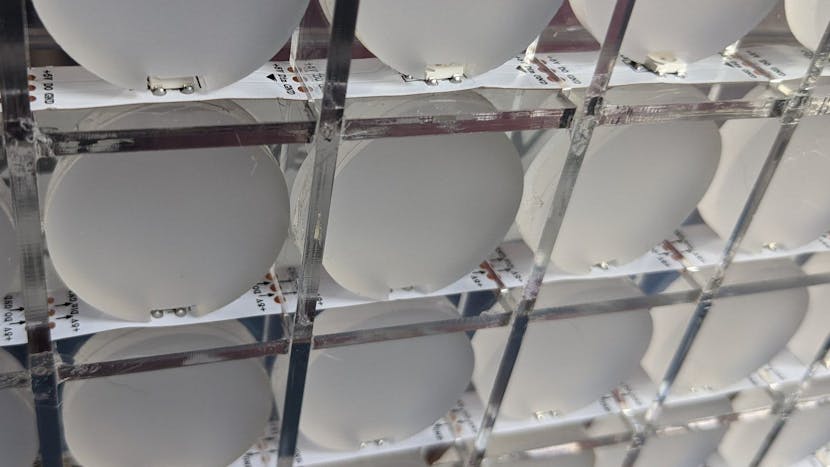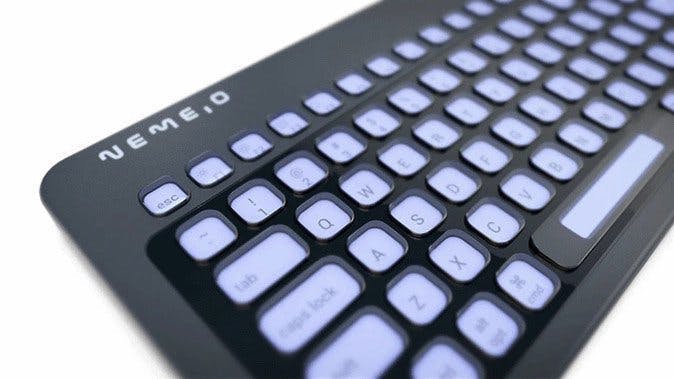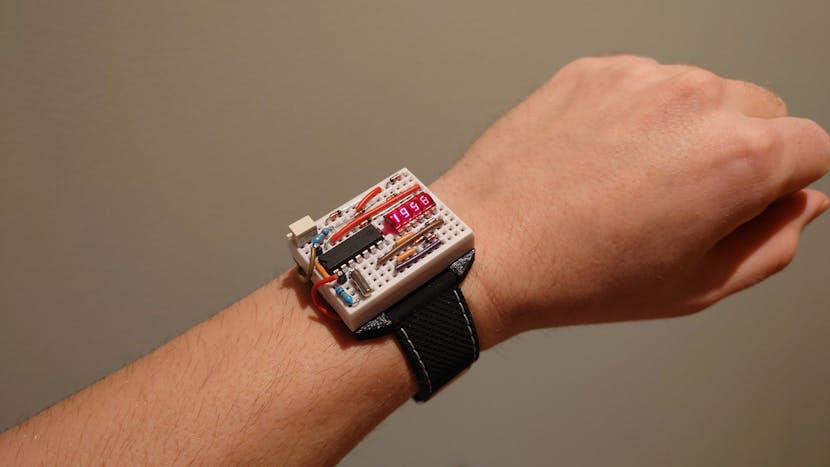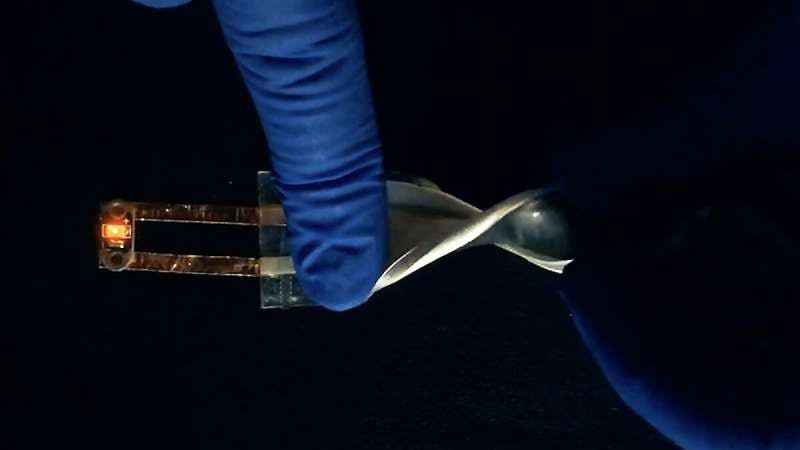The Raspberry Pi continues to be the most-popular choice for single-board computers, especially considering the very low price point. But what if you want a single-board computer capable of running Windows 10? The Hackboard 2 offers just that for a surprisingly low price.
Hackboard 2 was created by a team spread across Austin, London, and Shezhen. As The Hackboard website explains, the idea was formed very early in the coronavirus pandemic when Quantum Engineering CEO Mike Callow came up with the idea of “creating a small, low-cost, Windows-powered and Intel-based computer for children, parents, and educators who wouldn’t normally be able to afford one.”








